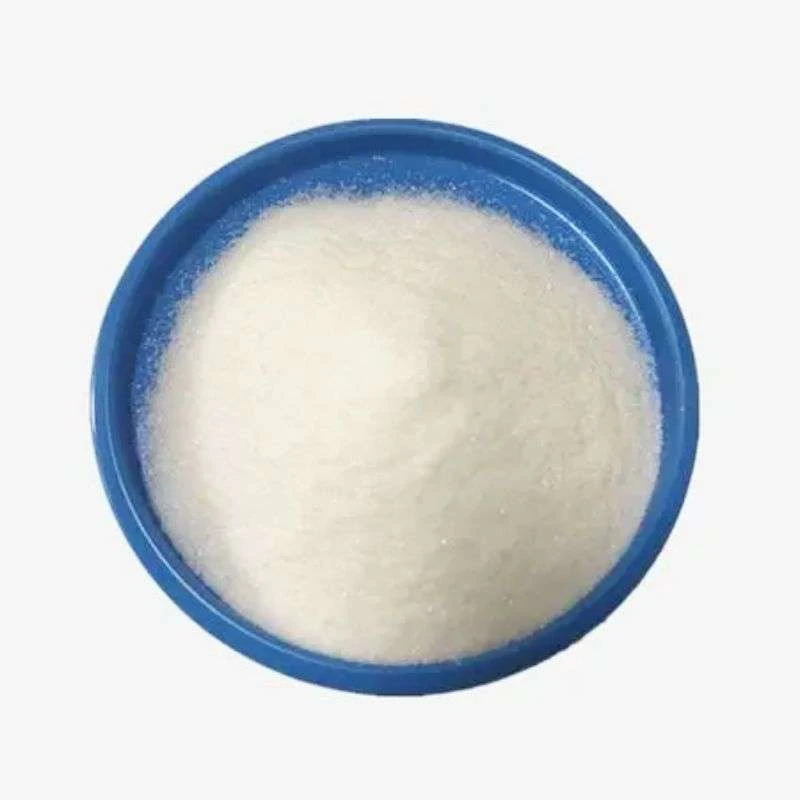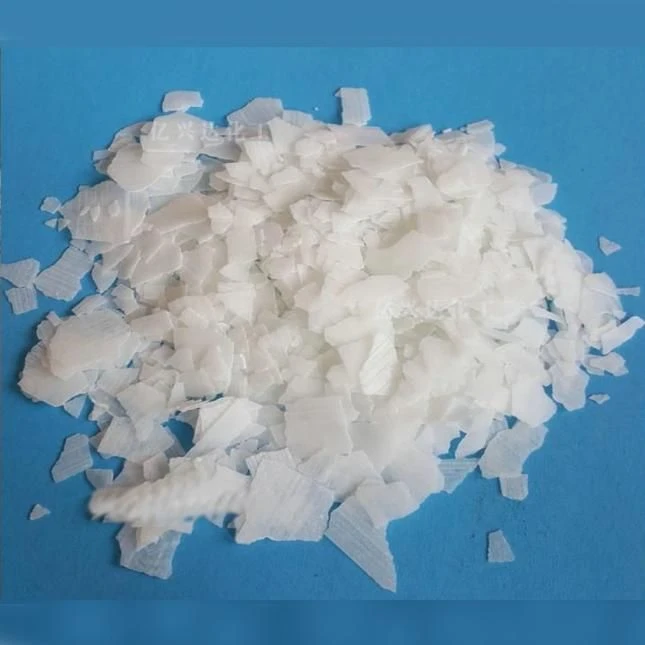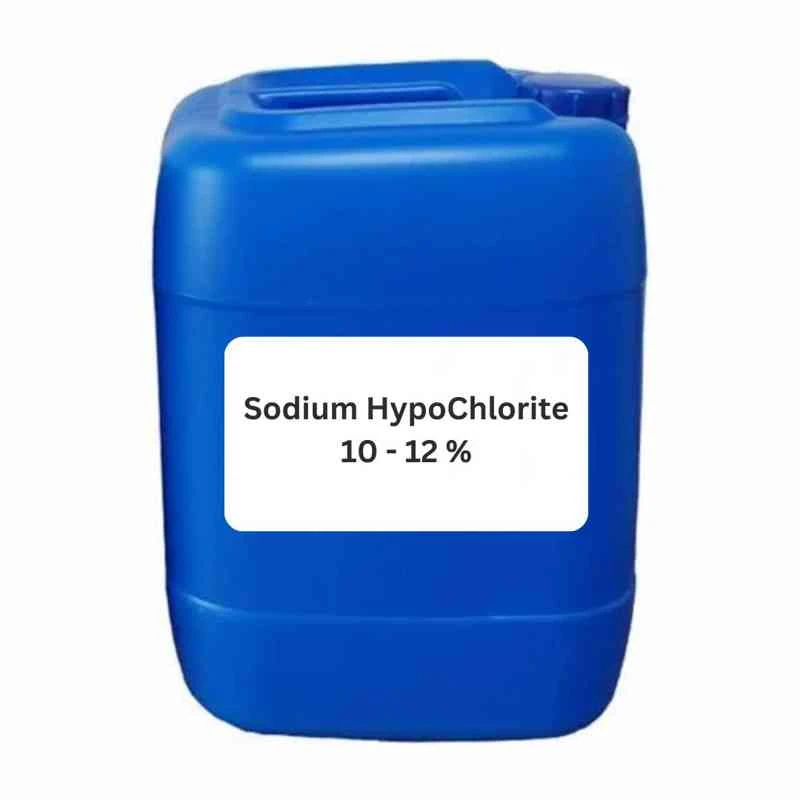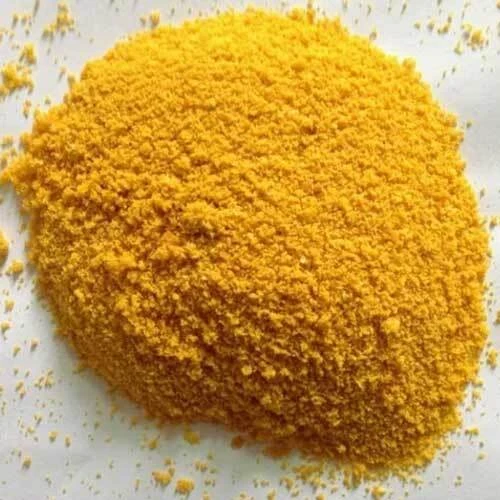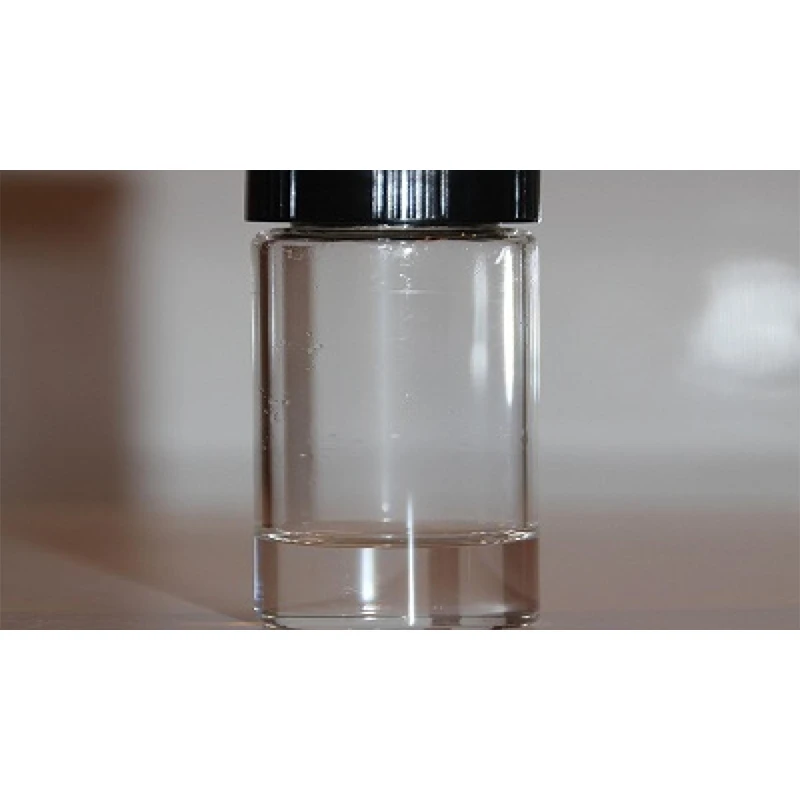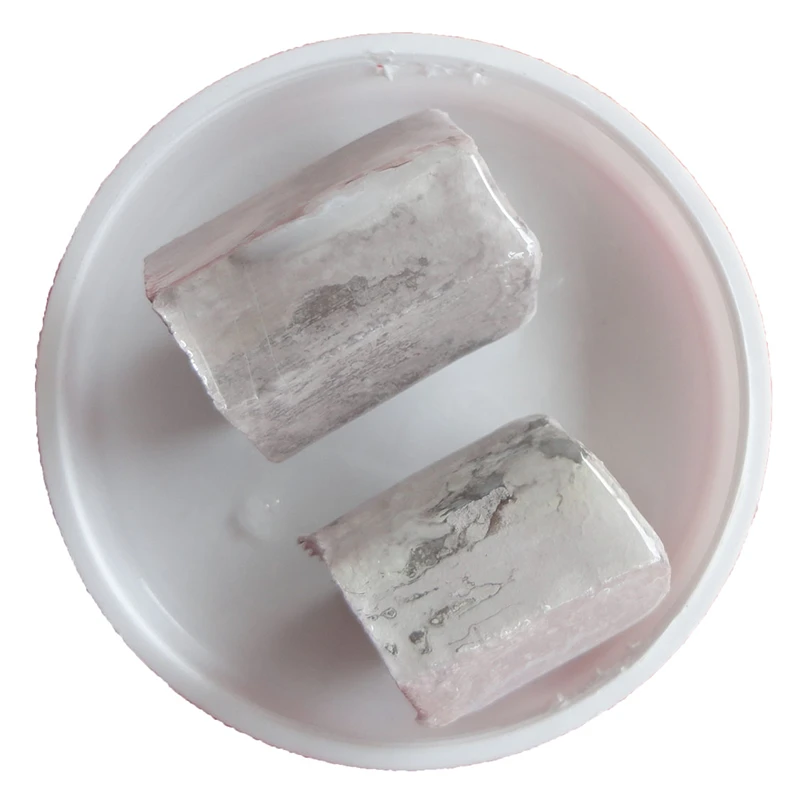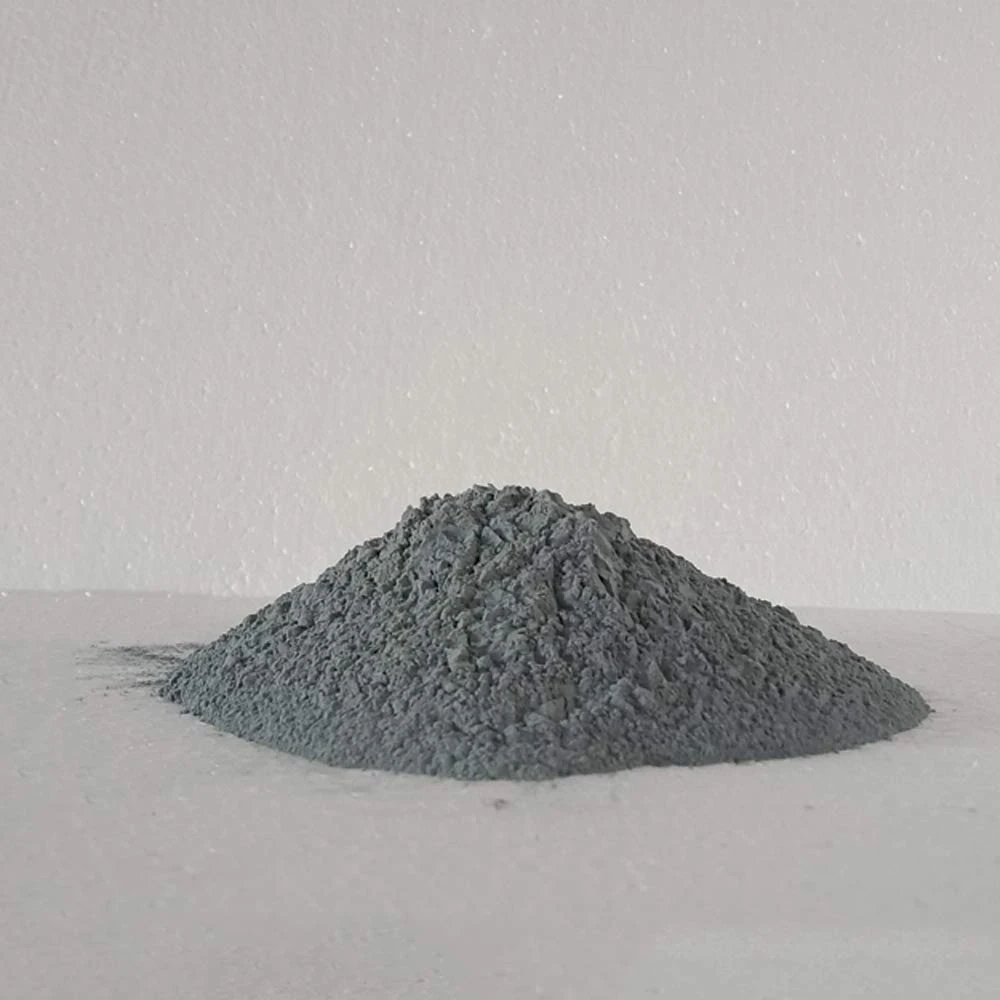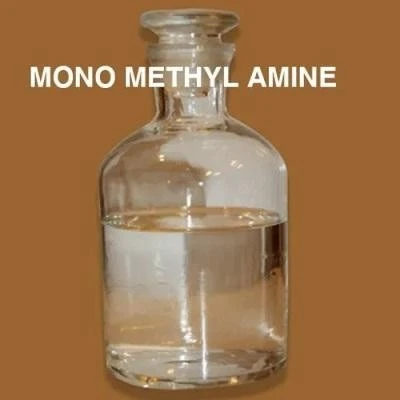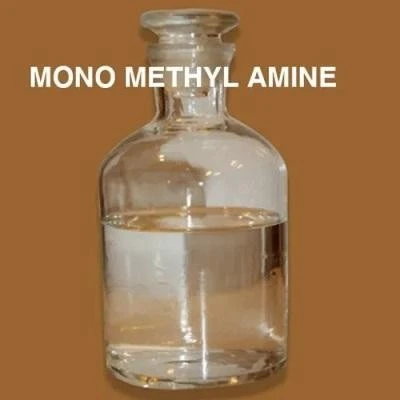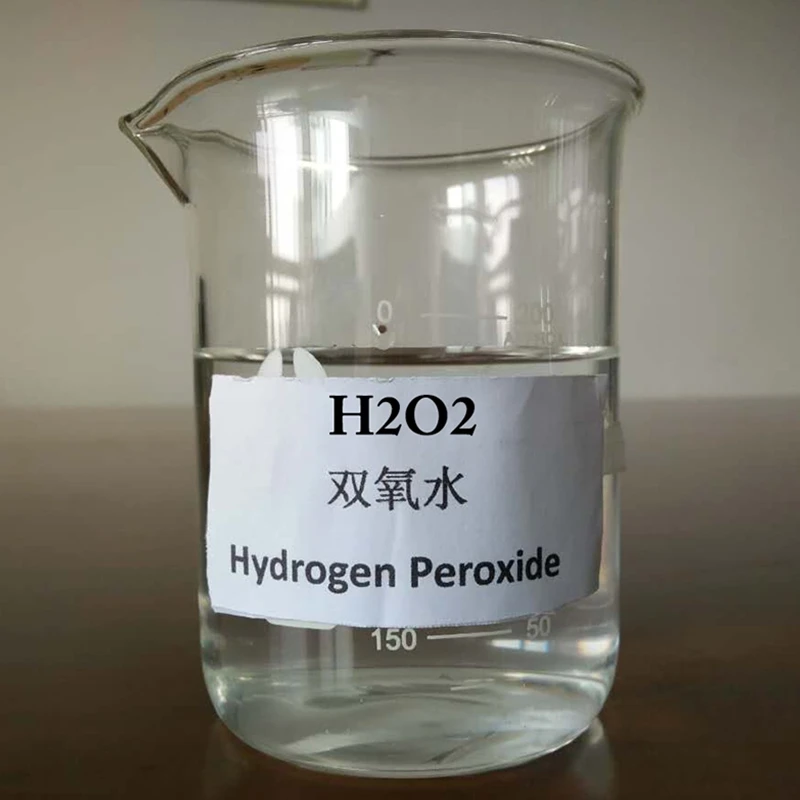
Diuron Aquatic Herbicide for Effective Weed Control Safe & Powerful Solutions
- Introduction to the aquatic herbicide market and core concepts.
- Technical advantages, environmental impact, and efficacy data of diuron aquatic herbicide
. - Comparative analysis: Diuron vs. 2,4-D Granular vs. Glyphosate 5.4 aquatic herbicide.
- Detailed vendor comparison and product selection criteria.
- Custom aquatic vegetation management—tailored treatment strategies.
- Real-world case studies and application outcomes.
- Summary: The strategic role of diuron aquatic herbicide and future outlook.
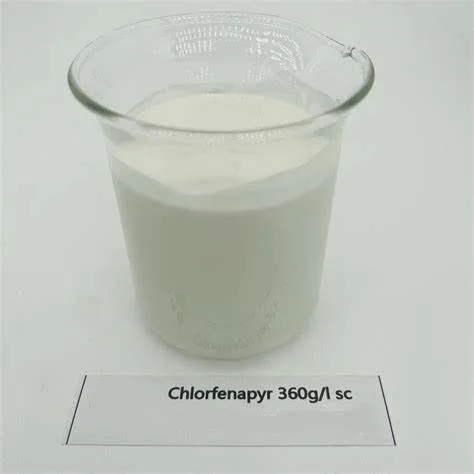
(diuron aquatic herbicide)
Understanding the Aquatic Herbicide Landscape: Diuron Aquatic Herbicide in Context
The aquatic herbicide industry addresses the complex challenge of managing invasive and nuisance aquatic vegetation while balancing environmental, regulatory, and public health concerns. Central to this effort are products like diuron aquatic herbicide and related compounds, which help to improve water quality, restore habitat, and maintain the usability of freshwater systems for recreation, irrigation, and fisheries. Global aquatic herbicide demand is projected to reach over $850 million by 2027 (MarketsandMarkets), reflecting increased ecosystem management prioritization. Key players in the field are focusing on efficacy, aquatic safety, and regulatory compliance. This discussion explores the advanced chemistry, technical data, competitive positioning, customization potential, and real-world performance of diuron aquatic herbicide relative to alternatives such as 2,4-D Granular and Glyphosate 5.4 formulations.
Technical Performance and Environmental Impact: Data on Diuron and Competitors
Diuron has emerged as a robust tool for selective aquatic weed control due to its unique mode of action: it inhibits photosynthesis by blocking electron transport in chloroplasts, specifically at photosystem II. In field applications, diuron demonstrates broad-spectrum control across submersed, floating, and emergent weed species.
According to data from the U.S. Department of Agriculture, the application of diuron at rates of 1–2 ppm results in up to 90% reduction in target biomass within 30 days, with efficacy persisting for up to three months. It displays moderate water solubility (42 mg/L at 25°C) and a half-life in water ranging from 30 to 60 days, allowing for efficient yet temporary control. Importantly, targeted application minimizes risk to non-target aquatic fauna and supports rapid environmental recovery.
Newer formulations further reduce the risk of drift and off-target damage, supported by encapsulation technologies enhancing active compound retention. Table 1 offers a concise comparison of diuron with two leading alternatives.
Comparative Data: Diuron, 2,4-D Granular, and Glyphosate 5.4 Aquatic Herbicide
The selection of an aquatic herbicide depends on multiple performance vectors—speed of action, species selectivity, persistence, and eco-toxicity. The following table highlights these features across diuron, 2,4-D Granular, and Glyphosate 5.4 aquatic herbicide formulations:
| Parameter | Diuron Aquatic Herbicide | 2,4-D Granular Aquatic Herbicide | Glyphosate 5.4 Aquatic Herbicide |
|---|---|---|---|
| Target Weeds | Broadleaf, algae, and some grasses | Primarily broadleaf | Broadleaf and some grasses |
| Mode of Action | Photosystem II inhibitor | Auxin mimic (hormonal herbicide) | EPSP synthase inhibitor |
| Application Rate (ppm) | 1–2 | 2–4 | 1–5 |
| Time to Visible Control (weeks) | 2–4 | 1–2 | 3–6 |
| Persistence (days) | 30–60 | 10–45 | 7–21 |
| Non-Target Toxicity | Low – moderate | Low | Moderate |
| Water Usability Restrictions | Moderate (irrigation/fishing delays) | Minimal | Moderate (swimming/fishing restrictions) |
| Cost Efficiency | High | Moderate–High | Moderate |
Diuron stands out for cost efficiency and extended residual control. However, 2,4-D generally achieves faster visual results on certain broadleaf species, while glyphosate offers versatility but slower action. In regulated water bodies, diuron’s lower dosage and lower drift make it an attractive choice where label restrictions are tightly enforced.
Vendor Comparison and Product Selection Criteria
In the global aquatic herbicide market, product differentiation arises from formulation technology, compliance track record, product support, and post-sale service. Leaders offering diuron formulations include Nufarm, ADAMA, and Albaugh, each investing in improved granulation, slow-release, and reduced-drift technologies.
Meanwhile, Dow AgroSciences and SePRO are dominant in the 2,4-D segment, with consistent delivery on purity and environmental safety. Glyphosate 5.4 distributors such as Monsanto (now Bayer) and Syngenta lead with surfactant-blended products for enhanced spread and uptake.
When selecting a supplier, decision-makers should evaluate:
- Regulatory certifications: EPA, European REACH, and state/local approvals
- Formulation stability and reactivity: Consistency under storage and real water conditions
- Application support: Dosage calculators, technical training, and application tools
- Aftermarket service: Support in compliance documentation and monitoring
- Pricing transparency: Competitive pricing structures with volume incentives
Ultimately, custom solutions combining technical fit with strong vendor support yield the best outcomes for aquatic habitat management projects.
Customizing Aquatic Vegetation Management: Designing Precision Approaches
Since every water body presents unique ecological and regulatory complexities, generic herbicide protocols often fall short. Customized diuron aquatic herbicide solutions draw on bathymetric surveys, weed mapping, and seasonality data to optimize results while minimizing risk.
For example, in a 50-acre reservoir with moderate Eurasian watermilfoil density, diuron’s encapsulated formulations enable spot treatments at 1.5 ppm with GPS tracking, ensuring effective delivery and drift avoidance. Integrating advanced water quality sensors and data loggers, site managers monitor post-treatment residuals and ensure compliance thresholds (for example, diuron <0.01 mg/L for drinking water) are not exceeded.
Such tailored solutions often blend chemical control with mechanical harvesting, buffer plantings, and hydrologic modifications, resulting in integrated solutions that maximize efficacy while limiting environmental disruption. Data-driven protocols also facilitate adaptive management, tightening application windows and reducing re-treatment cycles, thus optimizing budget allocation for municipalities and private operators alike.
Application Case Studies: Diuron, 2,4-D Granular, and Glyphosate 5.4 in Practice
Practical deployments of these herbicides reveal stark contrasts in performance under various site conditions:
- Midwestern irrigation canal (2021): Diuron applied at 1.75 ppm reduced Hydrilla verticillata biomass by 93% within six weeks, extending clean flow for four months and reducing routine mechanical maintenance by 60%.
- Southeastern recreational lake (2019): 2,4-D Granular at 3 ppm rapidly controlled water hyacinth infestations within two weeks, with minimal interruption to boating activity and no observed fish mortality.
- Pacific pond mitigation (2022): Glyphosate 5.4 aquatic herbicide, used conservatively at 2 ppm, achieved moderate control of Ludwigia but required repeat treatments twice annually due to rapid reinvasion, with close monitoring due to potential transient toxicity to amphibians.
These scenarios highlight the importance of matching herbicide properties—residual, spectrum, and application logistics—to local needs, regulatory constraints, and ecological sensitivity, ensuring positive, sustainable outcomes for aquatic resource stewards.
Conclusion: The Evolving Role of Diuron Aquatic Herbicide in Integrated Management Solutions
In summary, diuron aquatic herbicide remains a cornerstone solution in the management of complex aquatic weed infestations, offering technical advantages in persistence, selectivity, and cost efficiency. Its role is being continually refined by advancements in formulation, increased regulatory scrutiny, and the development of robust integrated management programs.
As invasive aquatic plant pressures mount globally, the synergy between diuron, 2,4-D granular aquatic herbicide, and glyphosate 5.4 aquatic herbicide facilitates adaptable solutions tailored to ecological and stakeholder priorities. Ongoing research and data-driven customization ensure that environmental protection and operational efficiency are maintained, supporting the long-term health of aquatic systems and the communities that rely on them.
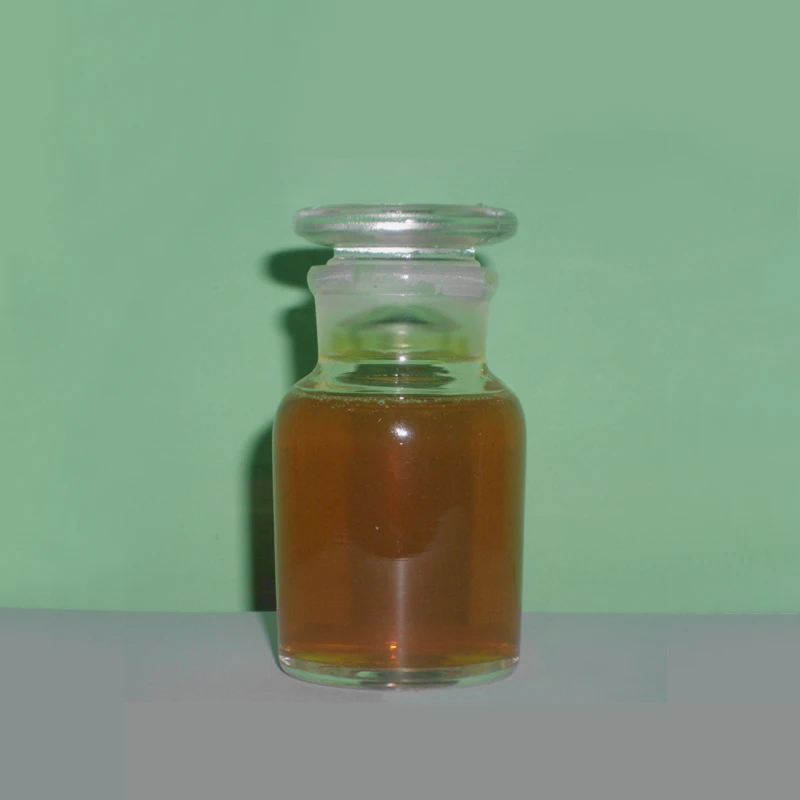
(diuron aquatic herbicide)
FAQS on diuron aquatic herbicide
Q: What is diuron aquatic herbicide used for?
A: Diuron aquatic herbicide is used to control a wide variety of aquatic weeds in ponds, lakes, and irrigation canals. It effectively inhibits photosynthesis in unwanted plants. This improves water flow and maintains aquatic environments.Q: How does 2,4-D granular aquatic herbicide differ from diuron?
A: 2,4-D granular aquatic herbicide is a selective herbicide that targets broadleaf weeds without harming most grasses. Diuron is a non-selective herbicide that affects a wide range of aquatic plants. Both are commonly used for aquatic weed management.Q: Is glyphosate 5.4 aquatic herbicide safe for fish and aquatic life?
A: Glyphosate 5.4 aquatic herbicide is considered safe for fish and most aquatic organisms when applied as directed. It specifically targets plants and quickly degrades in water. Always follow label instructions to minimize environmental impact.Q: Can diuron aquatic herbicide be mixed with other aquatic herbicides?
A: Yes, diuron can sometimes be tank-mixed with other aquatic herbicides like 2,4-D or glyphosate for broader weed control. Consult product labels and local regulations before mixing. This ensures effective and safe weed management.Q: How long does diuron aquatic herbicide remain active in water?
A: Diuron can persist in aquatic environments for several weeks to months, depending on water conditions and dosage. Its longevity helps maintain long-term weed control. Regular monitoring is recommended to avoid over-application.-
Uncover the Benefits of Sodium ChlorateNewsJun.24,2025
-
Sodium for Sale: Your Essential ResourceNewsJun.24,2025
-
Raw Materials in Chemical IndustryNewsJun.24,2025
-
Potassium Hydroxide: Versatile Solutions for Your NeedsNewsJun.24,2025
-
Organic Pesticides and Chemical Raw Materials: Building a Sustainable FutureNewsJun.24,2025
-
Discover Premium Chlorine Tablets TodayNewsJun.24,2025
-
Zinc for Sale: Your Essential ResourceNewsJun.04,2025


